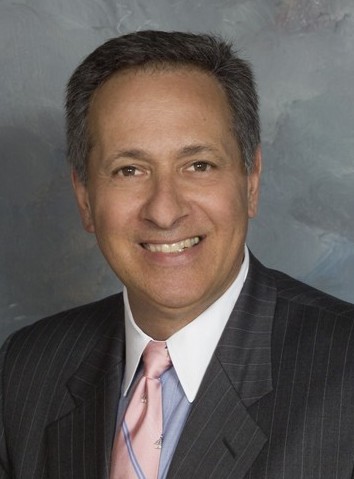
Daniel Abramson, OD
You can inspire improved job performance and increase employee loyalty–and stave off an employee exodus as the economy improves–by actively motivating and communicating with staff.
You Are at Risk of Losing Employees
It has been an employer’s market since the financial crisis of 2008, but the still-shaky economy is beginning to rebound. Your best employees will soon think about whether your practice offers them the best career opportunity. According to a recent Manpower survey, 60 percent of employees plan to leave their jobs when economic conditions improve; 21 percent say they’re not sure whether they’ll leave, but, just in case, they’ve updated their resumes; and only 13 percent say they intend to stay with their current employers.
Avoid Employer Complacency, Motivate
Saying to yourself that you are unable to motivate employees because you have no additional funds to devote to your staff is a cop out. Regular salary increases to deserving employees are ideal, but in these still cash-strapped times, other, non-monetary gestures go a long way. How about once every week or two bringing in pizza as a thank you to staff who have to work late, and bagels for staff who get to your office early in the morning? True, they won’t be able to pay their rent in pizza and bagels, but they will appreciate the thoughtfulness and feel that they have established a relationship with their boss. Personal, hand-written thank-you notes also make a difference. If you can’t reward a stellar employee with a monetary bonus, offering that person an additional paid vacation day along with a note thanking them in detail for their contribution is motivating. Gift cards come in handy, too. Think about offering a gift card once a month to the employee who has made the most significant contribution. You can make this employee rewards program a practice-wide effort, asking staff to nominate the colleague they feel is most deserving of that month’s gift card.
Communicate One-on-One with Staffers
Addressing your employees as a group for weekly pep talks and group-wide setting of goals has its place, but it does not substitute for communicating individually with staff. One way to ensure you get regular feedback from each employee is to take each out to breakfast once a quarter. Choose a spot, such as Panera’s Bread, that is clean and has quality food, but is not expensive and does not require you to be waited on. The venue should have tables so you can sit across from the employee (rather than side-by-side on a Starbucks couch), and it should be relatively inexpensive. You want the focus in these one-on-one breakfast meetings to be on conversation with the employee rather than the process of dining. You might say something like this to the employee: “I want, first, to thank you, Carl, for your contribution to my practice these past few months. I can’t tell you how helpful you were to our transition to electronic health records, and I also appreciated the work you did reorganizing the dispensary. Our patients seem to love the new frame board displays! I also want to take this opportunity to get feedback from you on how you feel your job and the practice, as a whole, is doing.” Editor’s note: If this one-on-one meeting requires extra time out of the office and imposes on an employee’s personal time, you may want to pay them for their time.
Respond to Employee Feedback
Listening to staffers over breakfast will only get you halfway to enhanced employee engagement. Your next task is to assimilate what each staff member has told you, and figure out how to make needed practice changes, or address concerns pointed out to you. The employees you impressed during a one-on-one breakfast will surely become demoralized if they find their words and ideas went in one OD ear and out the other. You don’t have to commit to making office changes suggested by staffers, but you can promise to think about it, and let them know in a week or two if their idea is feasible. Or, if you know right away that what they’re suggesting won’t work, let them know. Then, make a counter-suggestion that might also address the issue the employee noticed. If you do implement an idea brought to you by an employee, be sure to give that employee credit in front of his or her peers. It is inspiring for that person’s colleagues to see that good ideas are recognized and put in action.
Communicating regularly with each employee, rewarding topnotch performance and continually finding ways to inspire go-the-extra-mile attitudes will pay off in employees who stick with you and become invaluable supporters of practice growth.
Pay for Performance
To encourage the best performance in your employees, find a way to quantify what success means for each position.
Opticians, for example, could be measured by the practice’s eyewear capture rate; pre-testers by the speed and quality of their pre-exam tests; and backoffice bookeepers on how much compensation they facilitate.
“Pay” special attention to your receptionist. There is a good chance you are underpaying yours. Depending on your geographic market, that person should be paid between $12 and $15 per hour. To check if you are fairly paying your receptionist, visit www.salary.com. You can enter your zip code, and any position, to see what the average person in that position in your area is paid.
Daniel Abramson, CTS, ispresident of Staffdynamics, a workforce performance strategies firm. Heis the author of Secrets of Hiring Top Talent. Contact: daniel@staffdynamics.biz.





















